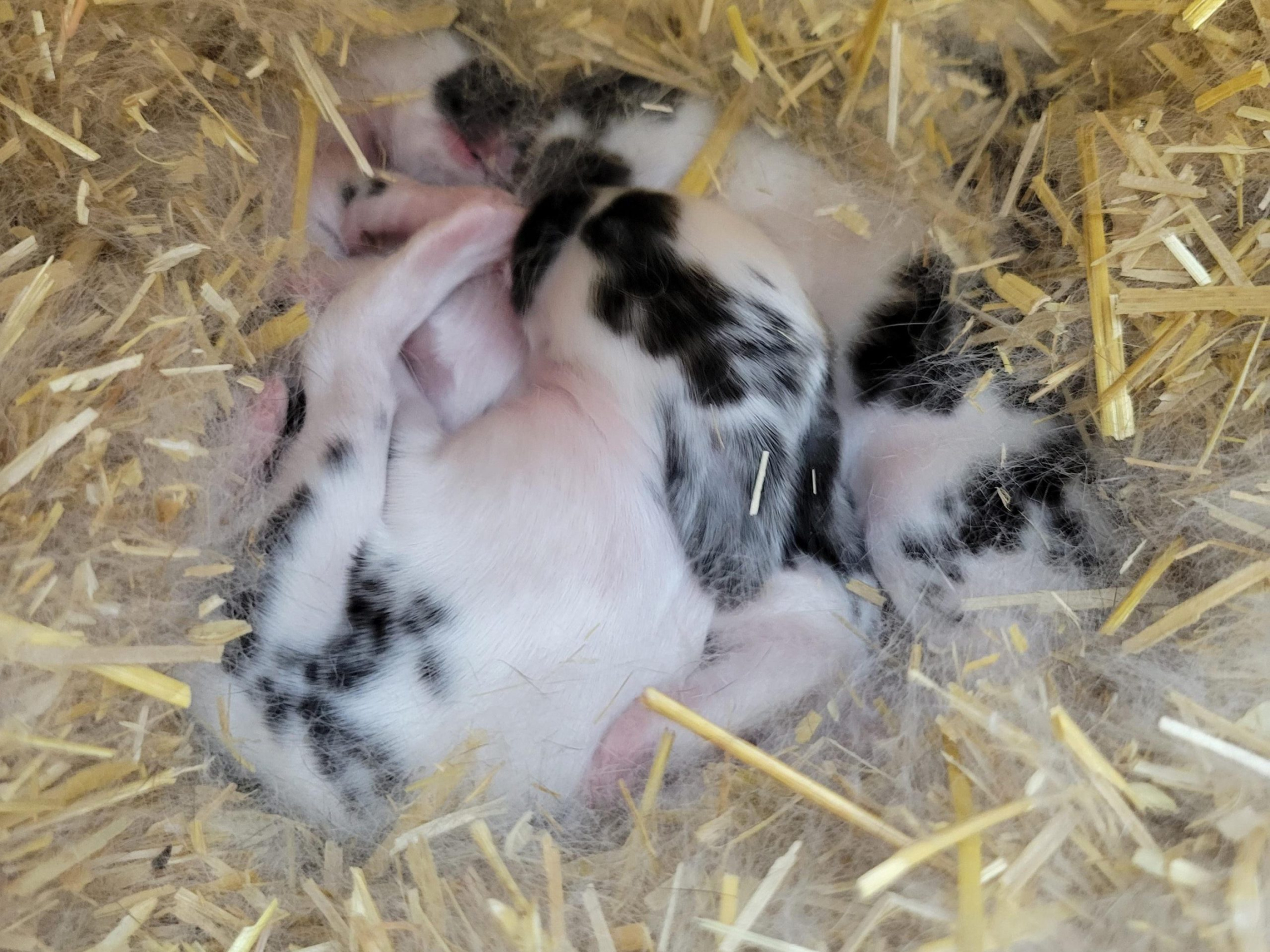Can You Touch Wild Baby Rabbits?
Wild baby rabbits can be incredibly adorable, and it’s only natural to want to interact with them. However, it’s important to understand the implications and potential risks involved in touching wild baby rabbits. In this article, we will explore whether it is safe to touch them, the reasons behind this, and what actions are recommended instead.

Reasons to Avoid Touching Wild Baby Rabbits
While it may be tempting to reach out and touch a wild baby rabbit, there are several reasons why it’s best to avoid doing so:
- Parental abandonment: Wild baby rabbits are often left alone for long periods of time by their mothers. This is a natural behavior as the mother rabbit needs to avoid attracting predators to the nest. If you touch the baby rabbit, it may leave behind your scent, potentially leading to the mother abandoning it.
- Stress and fear: Touching a wild baby rabbit can cause extreme stress and fear responses. Rabbits are prey animals, so any sudden or unexpected contact can trigger a fear response, potentially leading to injury or even death.
- Disease transmission: Wild baby rabbits may carry diseases, such as tularemia or rabbit hemorrhagic disease. These diseases can be transmitted to humans through direct contact. It’s crucial to avoid unnecessary contact to prevent the spread of these diseases.
- Legal protection: In many areas, it is illegal to touch or handle wild baby rabbits without proper permits. Interfering with wildlife can have legal consequences and negatively impact their overall welfare.
Recommended Actions
Instead of touching wild baby rabbits, here are some alternative actions you can take:
- Observe from a distance: Enjoy the presence of wild baby rabbits by observing them from a safe distance. This will allow you to appreciate their cuteness while minimizing any disturbance or potential harm.
- Provide a safe environment: If you notice a baby rabbit in an unsafe area, such as near a road or in a vulnerable position, you can gently guide it into a safer location without touching it. Use gloves or a towel to avoid leaving behind your scent.
- Contact local wildlife authorities: If you have concerns about a wild baby rabbit’s well-being or its surroundings, it is best to contact local wildlife authorities who are trained to handle these situations.
- They can provide guidance and take appropriate actions to ensure the rabbit’s safety.
- Support wildlife conservation efforts: Protecting the natural habitats of wild animals is crucial for their survival. Support local wildlife conservation organizations or participate in activities that promote the well-being of wildlife populations.
Remember: Wild animals, including baby rabbits, are best left undisturbed. Our actions should prioritize their safety and well-being.
FAQs about Touching Wild Baby Rabbits
1. Is it safe to touch wild baby rabbits?
No, it is not safe to touch wild baby rabbits. They can experience extreme stress and fear, potentially leading to injury or even death. Additionally, wild baby rabbits may carry diseases that can be transmitted to humans through direct contact.
2. What should I do if I find a wild baby rabbit?
If you find a wild baby rabbit, it is best to leave it alone and observe from a safe distance. If you believe the rabbit is in immediate danger, such as being in a hazardous location, you can gently guide it to a safer spot without touching it.
3. Will the mother rabbit abandon her baby if I touch it?
There is a possibility that the mother rabbit may abandon her baby if you touch it. Wild baby rabbits are often left alone for long periods by their mothers to avoid attracting predators. Touching the baby rabbit can leave behind your scent, potentially leading the mother to abandon it.
4. Can I keep a wild baby rabbit as a pet?
No, it is not recommended to keep a wild baby rabbit as a pet. Wild rabbits have unique dietary and environmental needs that are challenging to replicate in a domestic setting. It is best to let them remain in their natural habitats and seek assistance from wildlife authorities if necessary.
Related Articles…
Copyright Notice:
Images displayed on this website are not our property, but are procured from the internet. If you hold copyrights to any image and wish for its removal, please get in touch with us.